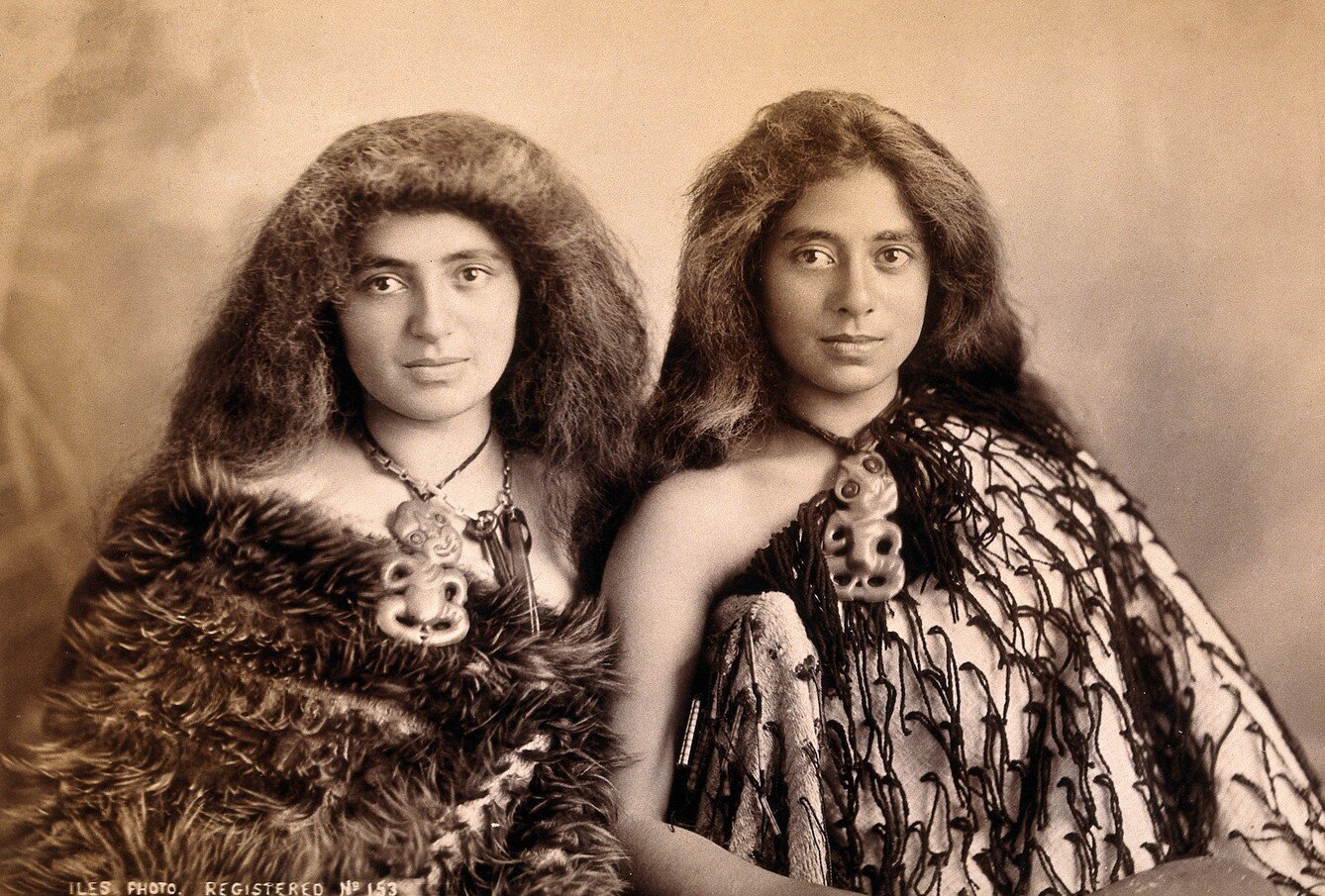Hei Tiki: Maori Talisman
The Hei Tiki is an emblematic figure within the Māori culture of New Zealand (Aotearoa), steeped in history and rich in symbolism.
These ornate pendants, often carved from the revered greenstone, pounamu, are more than mere decorations; they are taonga, treasures that embody the spiritual connection between the present and the ancestral past. The term ‘Hei’ signifies something worn around the neck, while ‘Tiki’ is a term used across Polynesia to denote human-like figures.
Traditionally, Hei Tiki are handed down through generations, becoming ever more valuable as they carry the mana, or spiritual power, of their previous owners. Each hei-tiki is unique, but they share some common features that make them instantly recognizable and deeply symbolic. Their stylized human form often includes a large head tilted to the right or left. Traditionally, the hands have three fingers each and rest on the thighs, while the knees bend to touch the feet, which typically have three toes.The eyes, often inlaid with paua shell, are said to watch over the wearer, providing protection and guidance.
The origins of Hei Tiki are shrouded in mystery and myth. Some say they represent Tiki, the first man in Maori legend, while others believe they depict Hineteiwaiwa, the goddess associated with fertility and childbirth. (The House thinks that it resembles a green ET.) Regardless of their true origin, Hei Tiki serve as a link to the Maori’s revered ancestors, known as tupuna, and are considered bearers of good fortune and guardians against evil.
In contemporary times, the Hei Tiki has seen a resurgence in popularity, not only as a cultural icon but also as a statement of identity and pride among the Maori people. While mass-produced versions exist, it is the authentic, hand-carved pendants that hold the true essence of the Maori spirit, encapsulating the beauty, elegance, and resilience of a culture that has endured through the ages.
According to the New Zealand Museum, “Hei-tiki have become iconic emblems of both the Māori people and New Zealand. In the 1960s and 1970s, green plastic hei tiki were routinely distributed to passengers flying on New Zealand's national airline, and one of the enduring photographic moments recording the Beatles 1964 visit to New Zealand depicts the 'fab-four' wearing giant tiki around their necks.”
Traditional hei-tiki from the Pitt Rivers Museum collection
Carved wood hei tiki souvenir with inlaid eyes; House of Good Fortune Collection
The traditional pendant is quite sizable, as you can see from the photos.
New Zealand: two Maori women. Albumen print by Iles Photo. Credit: Wellcome Collection. Attribution 4.0 International (CC BY 4.0)
New Zealand: a Maori chief's wife wearing tiki and pendant. Photograph of a painting by Gottfried Lindauer, 1884. Credit: Wellcome Collection. Attribution 4.0 International (CC BY 4.0)
Here is a wonderful video with a wealth of information about hei tiki.
In summary, hei-tiki pendants serve as a powerful link between wearers and their tupuna (venerated ancestors). Passed down through generations, the hei-tiki is not only a beautiful adornment but also a bridge connecting the past, present, and future—a tangible reminder of Māori heritage and spirituality. Its enigmatic symbolism continues to captivate and inspire people worldwide.








